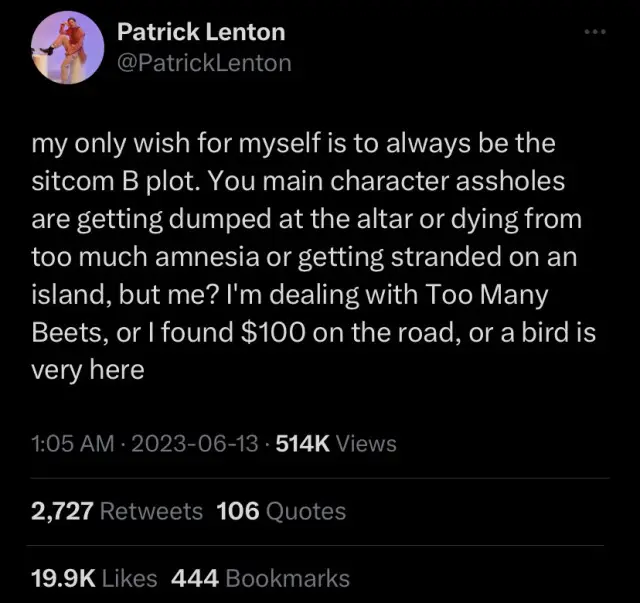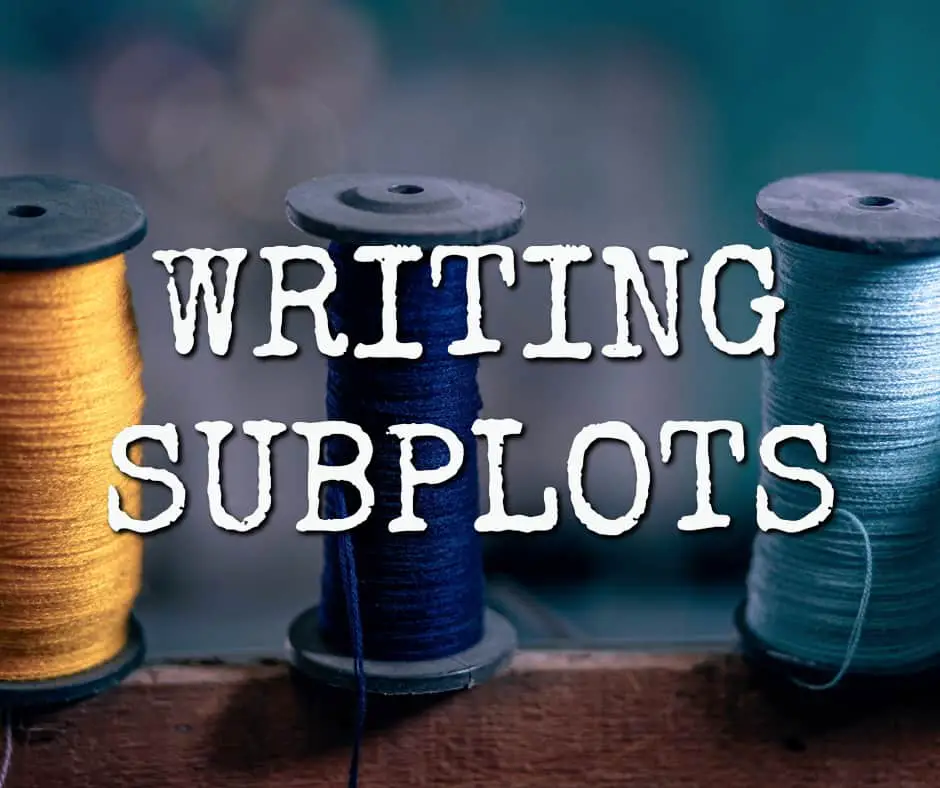When most people talk about subplot they’re talking about a minor story which exists to bulk out the ‘main’ story.
If the subplot doesn’t affect the main plot in any way, and simply shares setting/characters, we might be better off calling it a related short story.
Alternative Opinion: Subplot Is Not A Useful Concept
‘Subplot’ is a misnomer. A good one that works is actually a story plot of its own with its own complete structure, meaning the main character of the subplot has their own character arc, their own opposition, their own desires, makes their own plans.
A more accurate term might be ‘side story’. But we can keep calling it ‘subplot’, because that’s how it’s widely known.
Some writers avoid the word ‘subplot’ entirely and call it, say, a ‘B plot’.
I actually don’t even like talking about subplots. Whenever someone asks me “how do I write subplots?”, it makes me incredibly squirmy. I don’t have a good simple answer, for the simple reason that subplots are not a good way to think about story.
In fact, I recommend you stop thinking about subplots altogether. Instead, just think about plot.
K.M. Weiland

Writing Tips
If you are going to use a subplot, you only have enough time to give it the most basic story elements. Don’t try to get any more fancy than that.
Here’s one way the ‘subplot’ might be considered subordinate: The main plot gets the first and last say. The main plot begins and ends a story. Short forms such as short stories don’t have time for subplots.
Don’t leave the main plot for too long because the audience will (hopefully) want to get back to it.
From Writer’s Write: Many subplots exist to complicate the plot and make it difficult for the main character to get what they want. A particularly useful type of subplot, however, does something more than just complicate the quest. It makes the main character question what they want entirely.
Sub-plots add layers and texture to your novel, because they:
- Show different perspectives of the central conflict in the story
- Test your main characters’ motivations and abilities to achieve their goals
- Show different aspects of the main character’s personality
If your sub-plot does not do at least one of these, it will feel like a stand-alone story within your novel.
from Writers Write
FURTHER READING
For a close look at the subplot in Tootsie, see The One Subplot You Really Need from Cracking Yarns

